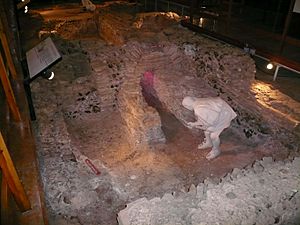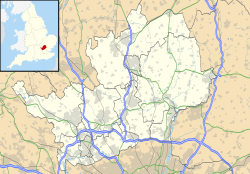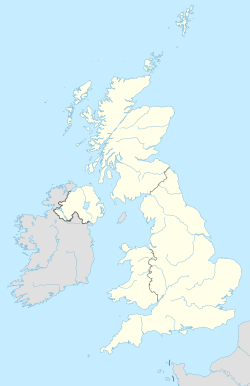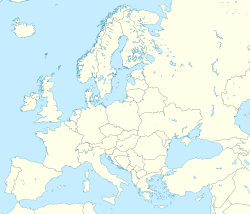Welwyn Roman Baths facts for kids

Photograph of the baths. Rooms intended to be the warmest were located nearest to the furnace.
|
|
| Location | Welwyn Garden City, Hertfordshire, England |
|---|---|
| Coordinates | 51°49′40″N 0°12′29″W / 51.8277°N 0.2081°W |
| Type | Roman |
| History | |
| Periods | Roman Empire |
The Welwyn Roman Baths are ancient Roman ruins. They are preserved under the A1(M) motorway. You can find them just north of Welwyn Garden City in Hertfordshire, England. These baths were a small part of a larger Roman estate. This estate was called the Dicket Mead villa. It was built around the 3rd century AD.
The nearby village of Welwyn was once a Roman-British settlement. A Roman road crossed the river Mimram there. Another Roman villa was also found close to Welwyn. This one was on the Lockleys estate.
The Dicket Mead villa was never fully dug up. This was before the motorway was built. The baths were just one of at least four buildings. The whole complex was probably a farm. Some people think it might have been like a hotel. This is because it was near important Roman roads.
Local archaeologist Tony Rook found the ruins in 1960. Over the next 10 years, the baths were slowly uncovered. After the digging finished, the Ministry of Transport announced a new motorway route. It was going to go right over the baths!
Visiting the Roman Baths
Special plans were made to protect the baths. A strong steel vault was built over them. An access tunnel was also added for visitors. Once the vault was ready, the motorway was built on top. The baths now sit 9 metres (about 30 feet) below Junction 6.
Only about half of the original baths can be seen today. You can still see the hypocaust. This was the Roman underfloor heating system. You can also see the tepidarium (warm room). The caldarium (hot room) and frigidarium (cold room) floors are also visible. The cold bath was made from a special Roman concrete called opus signinum.
Most of the Dicket Mead villa was covered by the roadworks. This happened after the vault was finished. Roman items found at the site are kept safe. They are at the Mill Green Museum. This museum is part of the Welwyn Hatfield Museum Service. They also manage the baths. You can arrange to see these stored items. Just contact the museum curator.
See also
- List of Roman public baths
Images for kids









